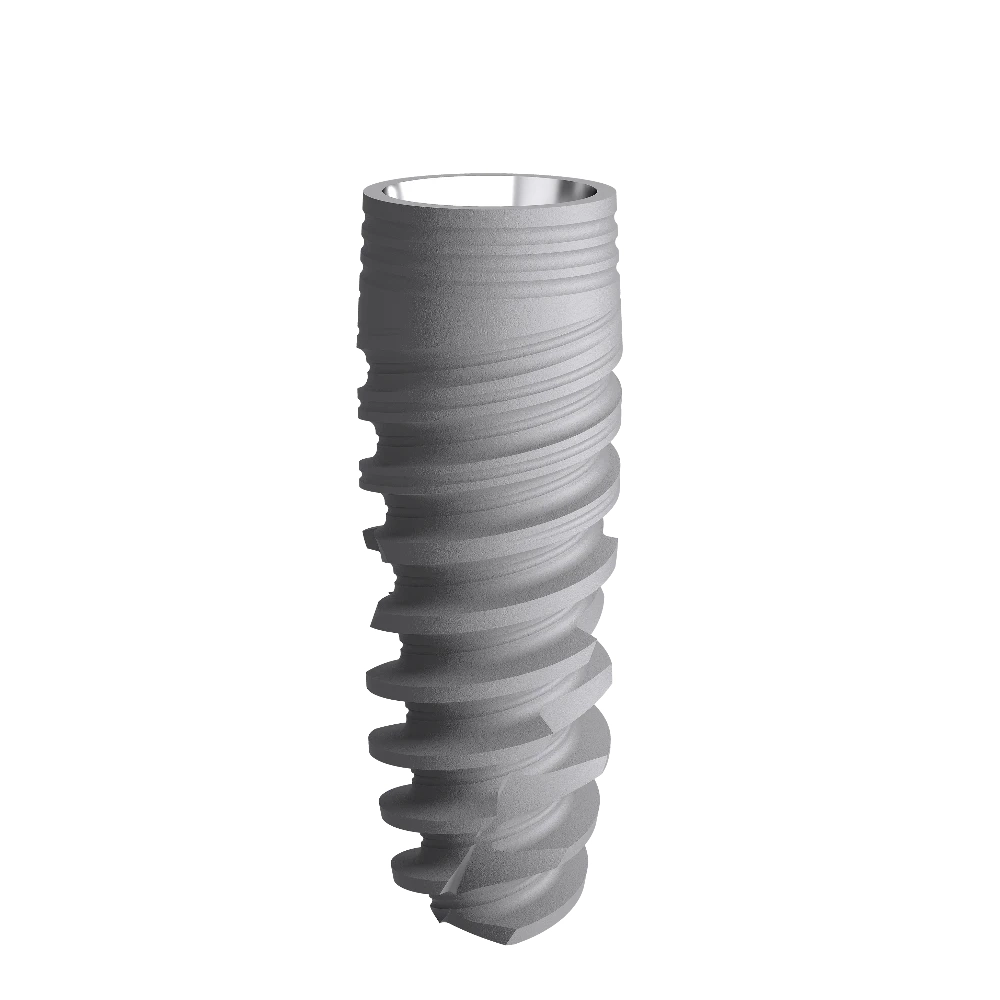
The Dental Master Healing Cap Multi-unit series, with its outstanding design, exceptional performance, and comprehensive after-sales service, has become a trusted choice for many oral surgeons, making a significant contribution to patients’ oral health and aesthetics.
Applicable for: Multi-unit abutments, Multi-unit Abutment Plus
Material: Titanium alloy (Ti6Al4V ELI)
Sizes: Diameter (5.0 mm, 7.0 mm) + Length (4.1 mm)
Connection Types: External hexagon, internal conical connection, internal three-channel
Retention: Screw retention
Usage: Single-use
The Healing Cap Multi-unit features a clever design that can be directly connected to the composite abutment, seamlessly integrating with various implant systems. This simplifies the surgical process and improves treatment efficiency.
As a temporary component, the Dental Master healing cap plays a crucial role in the prosthetic rehabilitation process. It effectively promotes soft tissue healing by providing stable coverage and protection, reducing external stimuli that could interfere with the healing area. This accelerates the recovery process, ensuring that the soft tissue can grow healthily according to the expected shape.
To meet the personalized needs of different patients, the Dental Master healing cap offers two cap designs, two heights, and two diameters. This diverse configuration allows doctors to flexibly choose the most suitable healing cap based on the patient’s specific conditions, such as oral anatomy, soft tissue status, and implant type, to achieve optimal restoration results.
DentalMaster is a company specializing in implantation dentistry. Brands such as Nobel Biocare, Short Bicon, Straumann, Zimmer, Megagen, Dentium, and Hiossen are registered trademarks of their respective companies. DentalMaster has no commercial affiliation with these companies. Mentioning these brands is solely for the purpose of accurately identifying compatible implants, instruments, abutments, and components offered by DentalMaster.
Quick Links
Products
Contact Us
Copyright © 2024 DentalMaster Dental Instrument Suppliers CE/ISO13485. All Rights Reserved.